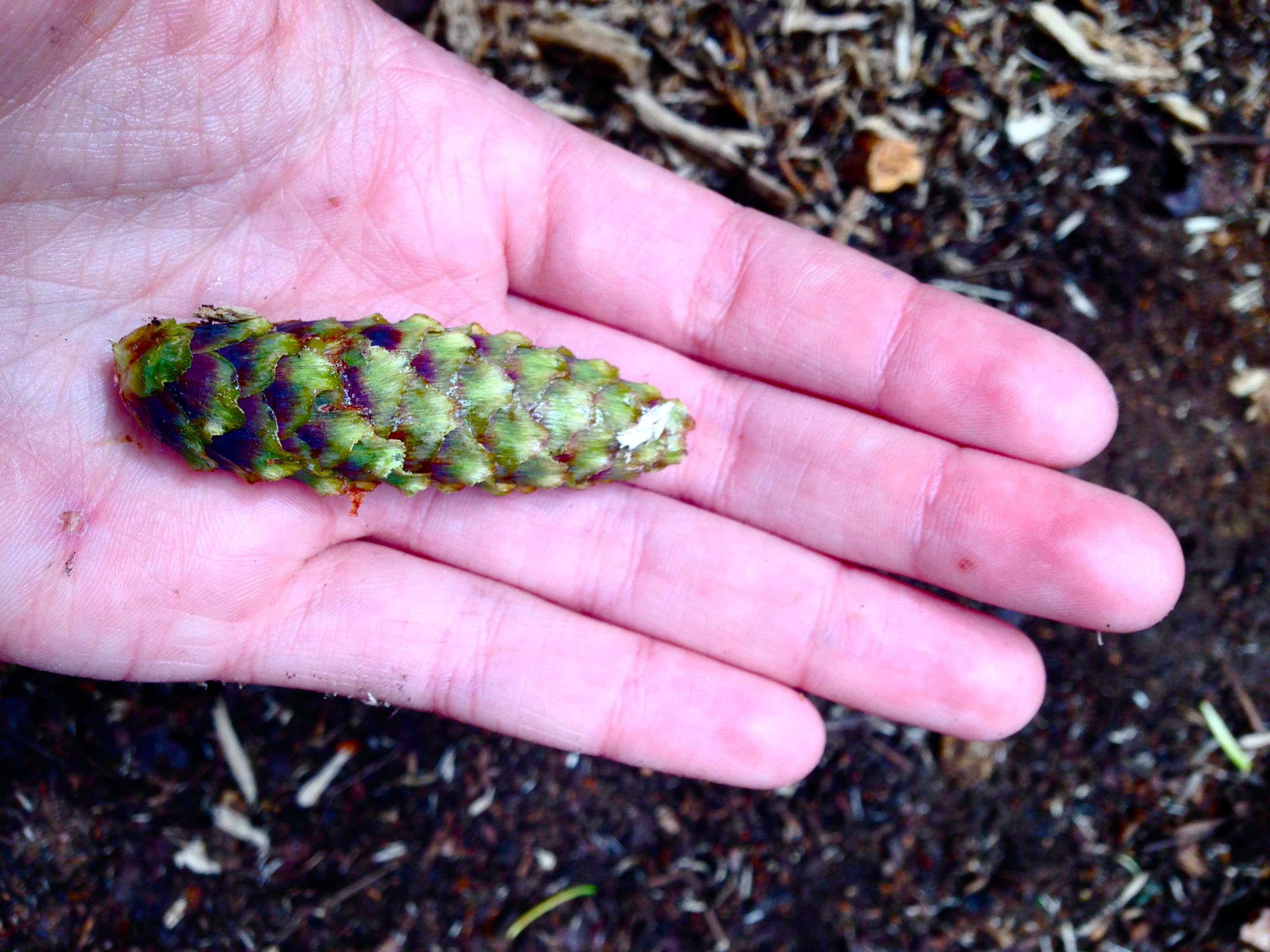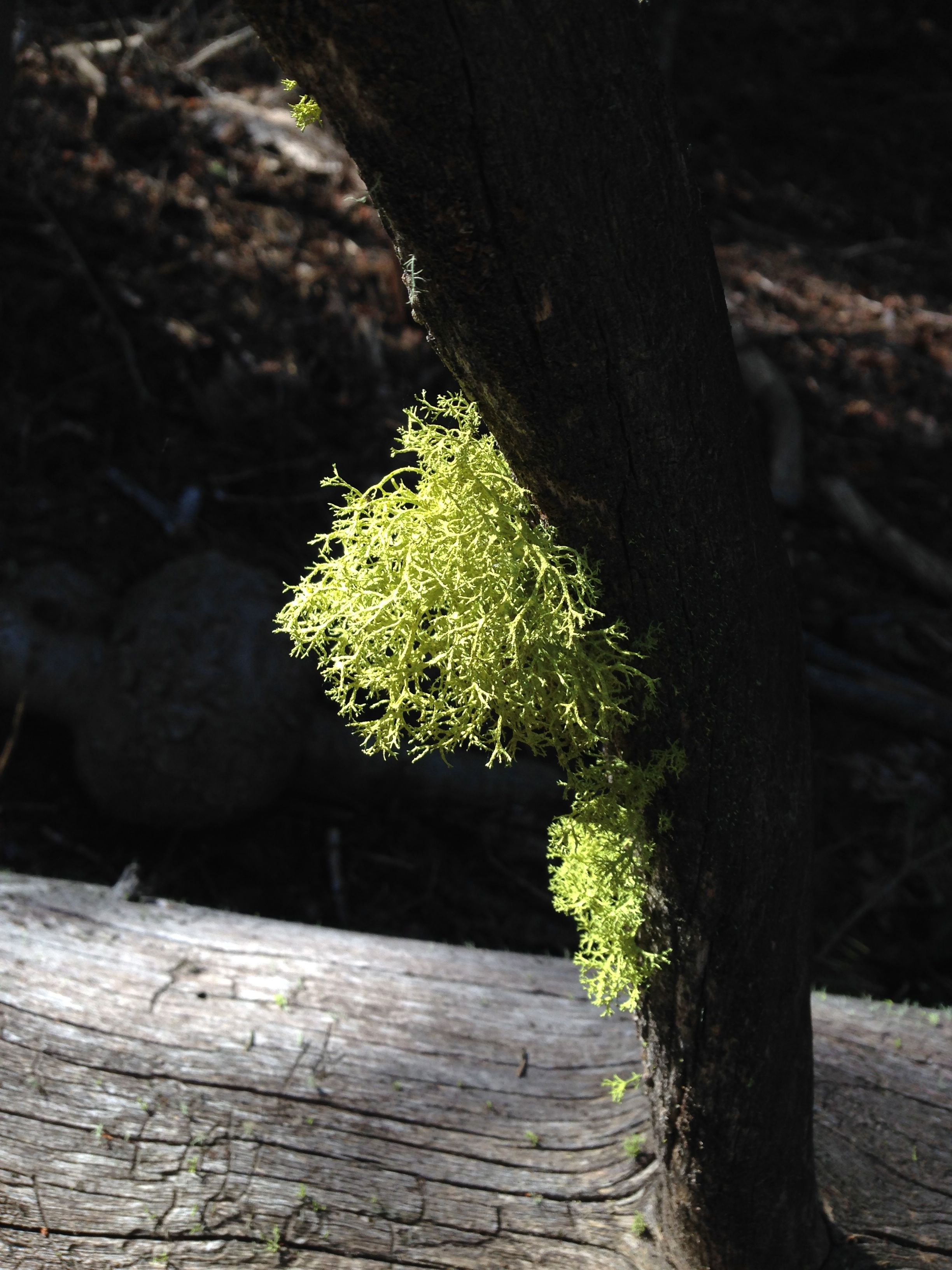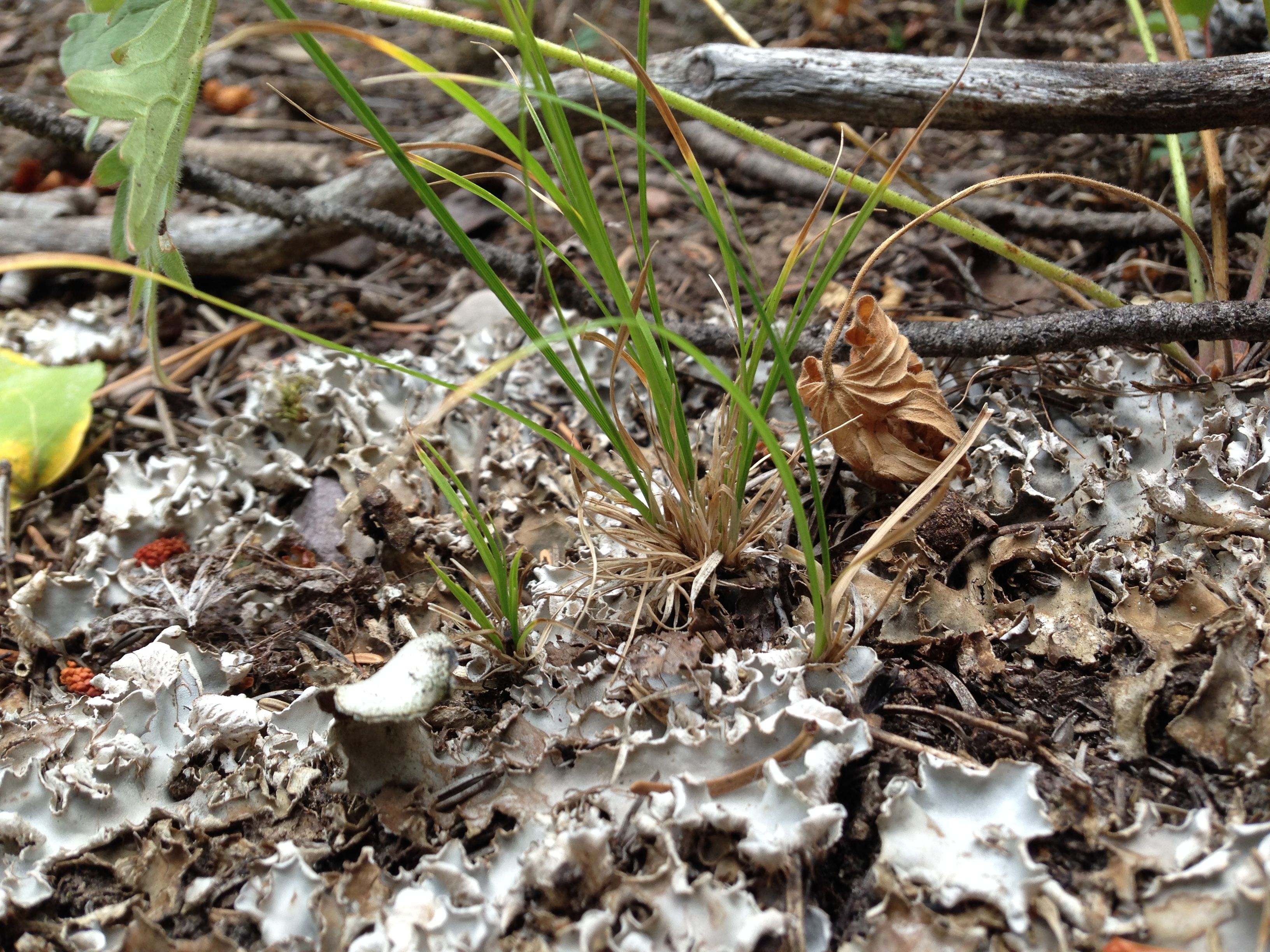Finally a Blog
3 months in and finally working my way into the blog-life, and with what amounts to a full summer of field-work and fun I should have plenty of topics to cover!
Back in May I moved into Buffalo, WY for my internship focusing on rangeland management with the BLM. For this internship I have been working with my fellow intern Corinne doing AIM (Assessment, Inventory, and Monitoring) on public lands managed by the BLM. Assigned to us was a list of plots for monitoring, and with the task ahead it didn’t take long to realize the immense amount of plant identification I’d need to learn. And beyond identification was learning the ins and outs of the BLM, what exactly it means to manage these rangelands, how to map out our routes, how to plan for the field season, etc. Well now that 3 months has passed it’s safe to say it’s going splendid. Time has flown by with both a busy field-season and fun-filled freetime.
Seeing as there is a wealth of topics to cover from this summer, I will just touch up on some of the highlights.

Wyoming has some pretty incredible places. Outlaw Cave, West of Kaycee, WY. Nearby many of our sites this summer.
Training (May-never ending)
Plant ID, AIM, 4×4, UTV, First Aid, CPR, CLM Workshop, more Plant ID, more AIM. The training going into the position was quite extensive. While it almost felt like the field work would never start, by the time it did I was both thankful for the amount of training there was and also still loaded with questions. Besides the basic intro to the job, including tours of the office, meet and greet, and a brief overview, our first trip included heading to Rock Springs, WY for our training on AIM. Included was a full week of lectures and field-work with a handful of other BLM employees and partners. Ultimately this created a rather comical train of government vehicles heading to and from field sites! All in all this was an outstanding chance to learn the AIM methods I would be using all summer long. This included line-point intercept, measuring gaps, soil stability tests, digging and classifying a soil pit (although this is task Corinne and I were lucky to not have to do for every plot!), identifying every species in a plot, and general site descriptions.

A sea of government vehicles. Just outside Rock Springs, WY.
Also included in our Rock Springs trip was the chance to eat at the many fine dining locations! This certainly felt like the topic of the week. Rock Springs is by no means a large city, but with Buffalo being as small as it is it was nice to have some options to eat out, which included Sushi! Although I wish I had been aware of the Rock Springs burger challenge beforehand, as it required just 4 different burger dinners in the month of May, and included the prize of a Burger Challenge T-shirt, and a certificate congratulating your achievement (a good resume builder).
With the end of a week of Rock Springs training, and a trip to Chicago not far in the future, things were starting to come together. The gap was filled with some limited monitoring and range team visits to previous year sites. This was a great chance to see the magic happen. The full group would each use their skills to describe the condition and health of the rangeland being monitored. This was one of the better chances we’ve had to kick back some and learn from the experts. Between rangeland health indicators and soil profiles it was great to see exactly what we are working towards with our upcoming monitoring.
Finally come mid-June and with the CLM workshop in Chicago over and done Corinne and I could dive into our monitoring.
Red Walls and AIM
After getting some smaller sites out of the way, our first big venture was to the Red Wall and our sites located around the Hole in the Wall. The Hole in the Wall was a location where Outlaws had spent time to live and dodge lawmen, and also where they could pass through the Red Wall. This location is also where you find cows grazing and rangeland technicians measuring grasses, but that may be less exciting and not warranting of a movie.

A wonky cow near the Hole in the Wall, perhaps one of the infamous outlaws.
In total there were 10 sites in this country and without camping it is uncertain as to how some of the sites would get accomplished. With slow going roads and roughly a two hour drive just to get into the Southern entrance to the area it was quite the secluded area to spend our week. No surprise as to why outlaws enjoyed this area, with its Red Wall to the East and canyons breaking up the land from North to South. The week included lots of red soils, sage-grouse, many unknown plants, nighthawk nests, lots of hiking around, extensive need for maps, gps, and compass, and wind (lots of it).

A good look at the Red Wall
While that week may have been our busiest, we have also had many trips in the nearby area as well as sites spread across the Southern Bighorn Mountains. Just recently we had finally called it on our sites for the field-season, and are now hitting up the office work. While it’s slow going with data entry, it is a welcome break from the elements.
Fun Times Outside Work
Field-work has been a blast, and at the end of our main portion I certainly feel accomplished, but ultimately my free-time is where most of my memories have been made this summer. Great friends and incredible trips have filled just about every weekend thus far. Whether it was camping, fishing, hiking, running, biking, music,or just getting out and traveling, it has been one busy summer and it’d be hard to say I’ve wasted any of it.
One of the greatest weekends of all time probably came from a trip into the Northern Bighorns for the Antelope Butte Summer Festival. I can’t say that I have ever attended a music festival in my life and this could be a hard one to beat if I make it to others in the future. A weekend of smaller music shows, running and biking competitions, food, camping, great people, yoga, and a pancake breakfast. Quite the combination I’d say. It was also my first chance to run in a competitive trail race, and at 15.5 miles (25km) it was a big step for me and my muscles (which hurt a good amount after). I was also delighted to have convinced someone to run in my race with me just the night before. I was beyond impressed and motivated knowing he had not been running much, if at all recently, and by the end he kicked some serious butt(e).

The stage at Antelope Butte. Felt like a close knit crowd with the small numbers!
One of the most recent weekends I am sure I could go on about is a trip to Grand Teton National Park, but I’ll keep it brief. This area has become one of the prettiest places I have ever visited. With intimidating mountain ranges and beautiful lakes, I could spent a fair amount of time here I’m sure. We were thrilled to have camped at a backcountry site in the park itself. While it wasn’t our original choice, we did end up at an incredible site by Phelps Lake in the Southern section of the park. With a great view and a cliff to jump off of into the lake it was quite the spot!

Phelps Lake at Grand Teton National Park.
There is certainly so much more to the summer, but with office work in the future there should be plenty of time to work on the blog.
Til next time! (Hopefully not 3 more months)
Nick Melone, Buffalo, WY

Just a couple sheep blocking the road.


















 The Townsend’s Big Eared Bat caught near Painted Peak in Washoe County, Nevada. (Photo by Jennifer Mueller)
The Townsend’s Big Eared Bat caught near Painted Peak in Washoe County, Nevada. (Photo by Jennifer Mueller)








































